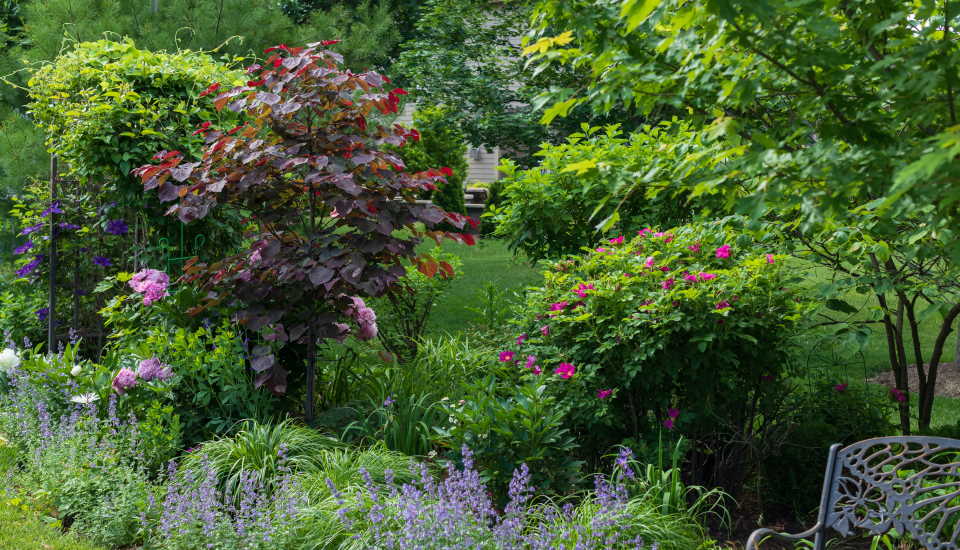Forest Pansy Redbud Tree : How to Grow & Care
Are you looking for a tree that gives you early loving purple-pink blossoms in the spring? Then, the forest Pansy Redbud Tree is the right choice for you. It’s also called Cercis canadensis and belongs to the Fabaceae (bean) family. Plus, being an additional beautiful landscape, it’s often used for erosion control. So let’s look at how to grow and care for Forest Pansy Redbud Tree.
Core Characteristics
Foliage: Deciduous
Flowering: April
Flower Color: Purple-pink
Growth Rate: Moderate, Can be Rapid
Sun Exposure: Full Sun to Partial Shade
Soil Type: Average, Medium Moisture, Well-drained
Soil pH: Adaptable
Native Area: Eastern and Central North America
How to Plant?
Choose a place for your redbud tree that gets six or more hours every day of full sunlight. While planting, dig a hole twice as big as the container you use. Make sure they’re big enough because most redbud tree types reach 20-30 feet tall (6-9 meters) and 25-35 feet wide (7.5-10.5 meters). Don’t forget to keep an eye on low rooflines.
Redbud Trees for Sale on Amazon (See the prices)
Watering
Forest pansy redbud requires a regular weekly watering schedule to grow and remain healthy. Once the redbud tree is established, water it every other week to keep the soil wet.
Soil
Redbud trees are not looking for a specific type of soil since it’s adaptable. The soil should have adequate organic nutrients, medium moisture, and be well-drained. All you need is to find a suitable location.

Temperature and Humidity
The forest pansy redbud tree has a wide range of habitats and thrives well as long as the weather is not too hot and dry. Don’t forget to cover from high winds. Note that the hardiness zone is 4-9.
Light
When planted in full sun, the redbud will produce more brilliant blooms. But during the hot summer days, some shade is recommended. They can tolerate partial sun but do not thrive in full-shaded areas.
Fertilizer
The forest pansy redbud tree is a nitrogen-fixing plant. Therefore, the roots are home to bacteria and make them available as a nutrient. Too much nitrogen-rich fertilizer may ruin your beautiful blossoms. Don’t forget to test your soil before using fertilizer.
Pruning
They don’t generally require, but the most difficult task will be pruning the redbud because they’re growing quickly, and after the first years, they become enormous. So, pruning may be hard for you and require a pruning specialist or arborist.
Common Pests and Plant Diseases
Healthy trees are pest and disease resistant, but canker is redbud trees’ most common and devastating disease because the fungus enters through the wound, dead or almost dying branches and needs pruning immediately to save the plant.
Another common disease is leaf spot. Aphids, spider mites, caterpillars, and other scale insects are dangerous pests for the redbud tree.
Conclusion
In conclusion, the forest pansy redbud tree is easy to grow and care for and offers you beautiful blossoms in spring. So, when you find a suitable place for it, wait until next spring!
You may also be interested in:

